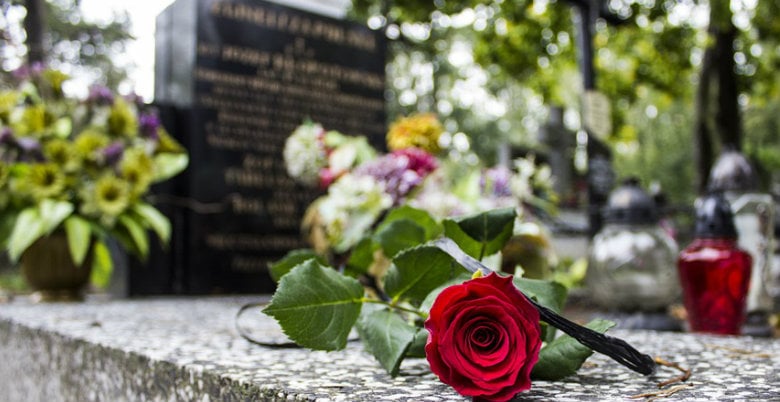A new series of mortality patterns in England has recently been released.
Created with support from Public Health England, the Office for National Statistics (ONS) has recently published the first of its planned quarterly releases on deaths within England. Designed to reflect the most up-to-date analysis of mortality trends, the reports will be issued shortly after the relevant time period.
Whilst the first report was based on a provisional segment of deaths within 2016, reports in the future will correspond to the most recent quarter.
Registrations
During 2016, 490,705 deaths were registered – 4,604 fewer than the previous year. However, 2016’s total is 21,828 more than that of 2014 and 19,229 more than the most recent 5-year average. Until 2011, the general long-term trend was that deaths were decreasing, although the reported figures since then indicate that this has changed. In each of the years following 2011, the death total has grown, with annual rises occurring in 2012, 2013 and 2015. However, it is important to acknowledge that the population are ageing and the number of deaths should be considered against the backdrop of mortality rates.
The most effective measure of mortality levels are age-standardised rates; rather than taking into account just the total number of deaths, these look at age structure, death distribution as well as the population size. Whilst the number of deaths for two consecutive years may be very similar, the age-standardised mortality rates may be very different.
In 2016, 958.0 was the age-standardised death rate for every 100,000 people in the population; the rate has fallen by 28.6 compared to 2015. Although, since 2011, there has been a general uplift in the number of deaths, the age-standardised death rate has remained relatively consistent.
Life expectancy
For males born in 2016, life expectancy matched the record high figure of 2014; 79.5 years. The figure also rose to 83.1 years for females, higher than any other year apart from 2014. Annually, this represented an increase of 0.2 years for both genders.
As age increases, the gap in life expectancy between males and females decreases. Whilst females were expected to live 3.6 years longer than males at birth, the difference shrinks to 0.3 years at age 95.
Occurrences
Due to delays in registration, many believe that looking at when deaths actually occurred would provide a more accurate picture of mortality trends.
During the time at which the figures were being analysed, not all 2016 deaths would have been registered, with these deaths continuing to be registered into 2017. A notification of a death is received by the ONS when the death is registered; where a death has been referred to a coroner, registration would only typically take place after the inquest.
The extract of deaths was taken on the 2 February; the ONS estimate that gathered statistics represent around 98% of deaths which took place in 2016. This percentage is based upon the patterns of previous years.
The nominal gap between the annual registered deaths and the annual total of deaths which have occurred has been documented by the ONS – in this report between 2001 to 2016. This gap ranges from 2012’s low of 14, to 2015’s high of 4,227. The current gap for 2016 is 7,915, although this is expected to reduce as more deaths which occurred in 2016 are registered.
For the remainder of the ONS report, the analysis is based upon deaths which occurred. As not all the data for 2016 is available, further examination was done into figures from correspondent period during previous years.
Judging by these past trends, the ONS state that the deaths which occurred in 2016 are likely to be similar to that of 2015. The provisional total of deaths which occurred during 2016 is 482,790, whilst 2015’s total at a similar extraction date was 481,222. As late registrations become accounted for, 2016’s figure is expected to grow by between 5,300 and 9,700.
With a drop of over 30%, the death rate in the 75 – 79 age group has fallen the most since 2001. For the years following this up to 2016, the oldest age groups have the smallest percentage difference, although this percentage fluctuates more. Since 2001, the smallest change can be observed in those aged 90 and over, with only a death rate drop of 6.5%. For this age group – which is open ended – 2001 saw a higher percentage of those aged 90,91 and 92 compared to 2016. However, the percentage of those aged 93 and above in 2016 was higher.
Even within the age groups themselves, the data indicates a difference in the death rates; as the age rises, the death rates also grow.
This is not the case for certain older ages however, where rates across the years have sometimes been lower than the previous age – 95 in 2014, 96 in 2015 and 97 in 2016.
For the majority of 2016, the number of deaths which took place on a daily basis was higher than the 2011 – 2015 average; 258 out of the 366 days were higher than the 5-year average. During 2016, the largest negative difference compared with this 5-year average was recorded on 1 January with 227 fewer deaths. The highest positive differences were recorded on 19 July with 341 more deaths and 20 July with 319 more deaths. This growth in deaths corresponds with the July temperature spike.
The full report can be accessed here.




















